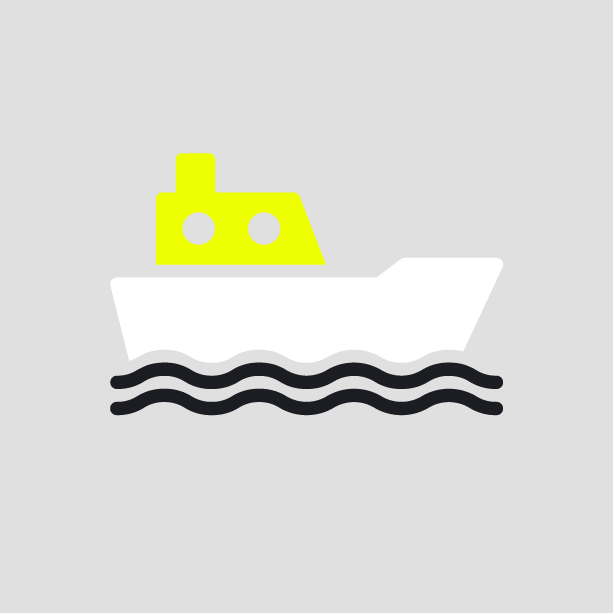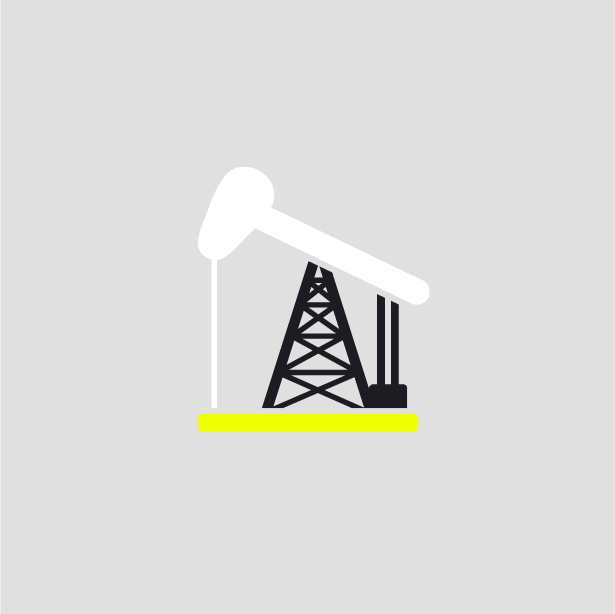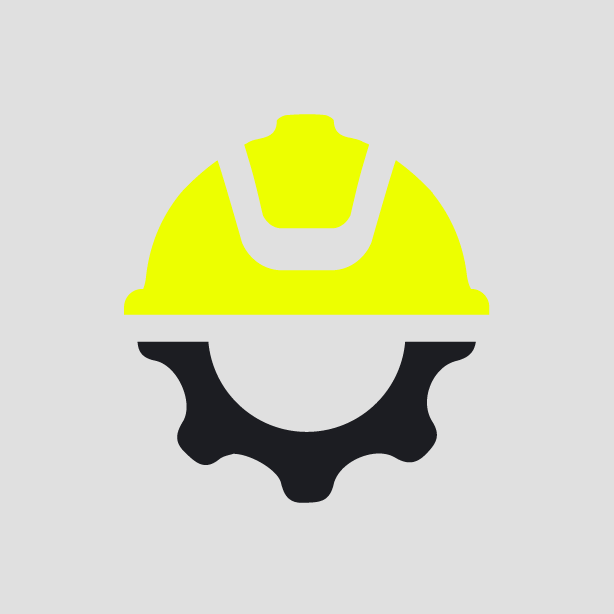-
What happened?
During a blade installation, a technician discovered a badly damaged steel screen on the blade rack stairs.
The panel was almost completely torn and could have fallen at any time, from around 12 metres (3.3 feet) above deck.
The damaged screen was removed immediately. A further inspection revealed three more screens with large cracks. The damaged sections were cut away to prevent a potential fall.

-
Why did it happen?
Investigation showed that each screen flexes and bends in the same place, leading to repeated stress.
The cracks had developed over time but were not spotted during routine checks.
More careful and frequent inspections of blade racks are required to identify damage early and reduce the risk of falling objects.

-
What did they learn?
Regular inspections should be thorough and cover blade rack stairs and screens to detect cracks or weaknesses early.
The design of the screening should be durable. It should be reviewed and, if necessary, redesigned or reinforced to prevent repeated cracking and reduce the risk of dropped objects.
Blade installation and maintenance activities should include strengthened inspection routines, ensuring that any signs of damage are reported and acted upon immediately.

-
Ask yourself or your crew
How can inspection routines be improved to ensure small defects (like cracks in screens) are detected before they create risks?
What additional checks should be included in maintenance plans for equipment at height, such as blade racks and stair screens?
How can design weaknesses be identified and addressed before they lead to potential dropped objects?
What steps should teams take to ensure that damage found during inspections is reported and followed up consistently?

Add to homescreen
Content name
Select existing category:
Content name
New collection
Edit collection
What happened?
During a blade installation, a technician discovered a badly damaged steel screen on the blade rack stairs.
The panel was almost completely torn and could have fallen at any time, from around 12 metres (3.3 feet) above deck.
The damaged screen was removed immediately. A further inspection revealed three more screens with large cracks. The damaged sections were cut away to prevent a potential fall.
Why did it happen?
Investigation showed that each screen flexes and bends in the same place, leading to repeated stress.
The cracks had developed over time but were not spotted during routine checks.
More careful and frequent inspections of blade racks are required to identify damage early and reduce the risk of falling objects.
What did they learn?
Regular inspections should be thorough and cover blade rack stairs and screens to detect cracks or weaknesses early.
The design of the screening should be durable. It should be reviewed and, if necessary, redesigned or reinforced to prevent repeated cracking and reduce the risk of dropped objects.
Blade installation and maintenance activities should include strengthened inspection routines, ensuring that any signs of damage are reported and acted upon immediately.
Ask yourself or your crew
How can inspection routines be improved to ensure small defects (like cracks in screens) are detected before they create risks?
What additional checks should be included in maintenance plans for equipment at height, such as blade racks and stair screens?
How can design weaknesses be identified and addressed before they lead to potential dropped objects?
What steps should teams take to ensure that damage found during inspections is reported and followed up consistently?
A torn screen was found on blade rack stairs. It was removed, and three more cracked screens were cut away to prevent falling hazards.












